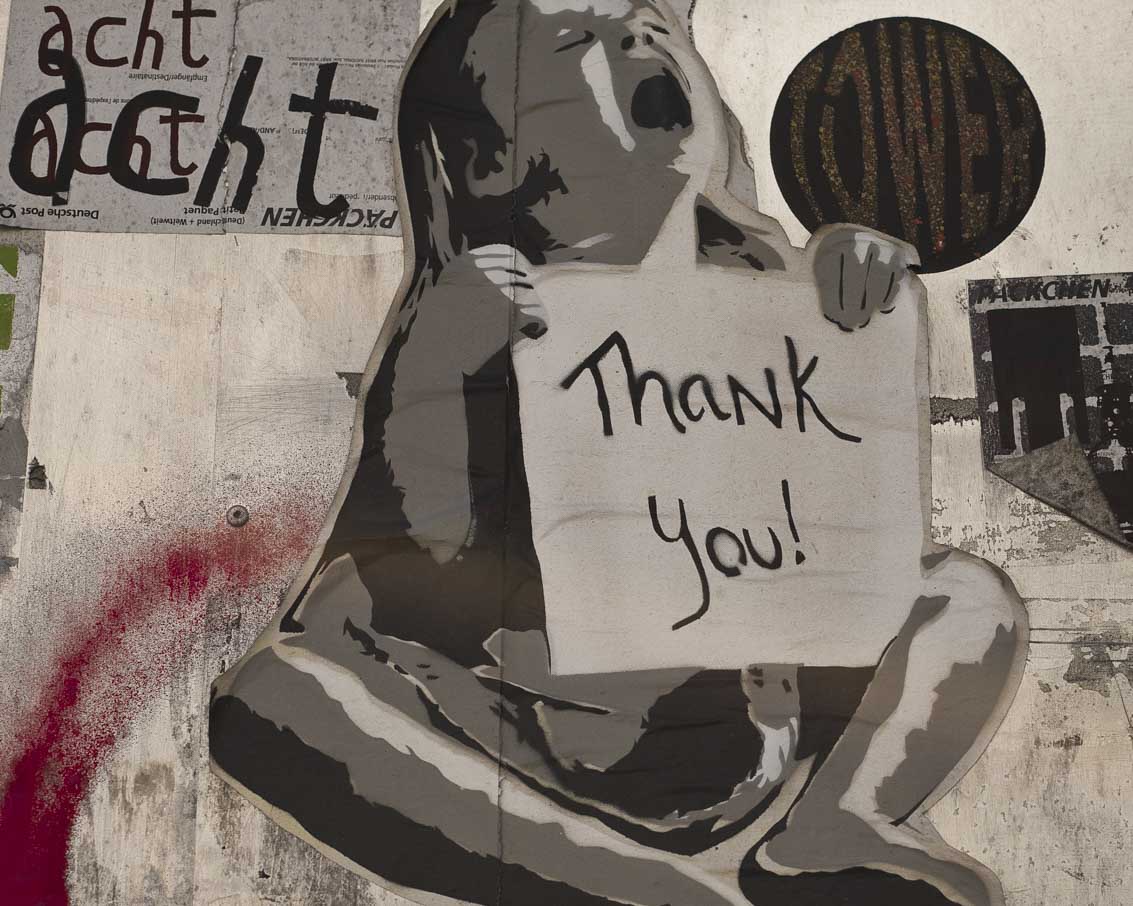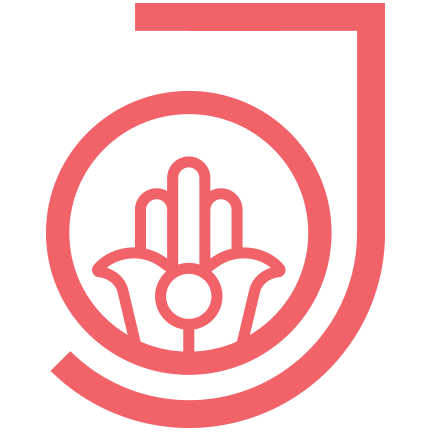A lot of people are in a real fix at the beginning of their lives. That is meant literally. The predicament follows the beauty as the shadow follows the light. First, the embryo rests in an oceanic realm, and his space is wide – that’s nice. Or less beautiful, when disturbing, if not hostile, impulses are already to be felt in this magnificent, carrying, oceanic expanse.
What kind of impulses can these be? A depression of the mother, for example, flushed over the umbilical cord into the mind of the child. Or the fear of the mother, rejection of pregnancy by the mother.
Suppose the mother is happy about the pregnancy, she carries her child with devotion, is looking forward to its birth and is in tune with herself and her other circumstances – assuming that the pregnancy is ideal in the perspective of the child, it gets tight with increasing maturity
At first pleasantly tight as a gentle hug, then less pleasantly tight like a tight hug, finally crushing tight. You might think, good to know that there is the possibility of a Caesarean section. A section meaning: out as fast as possible. Then the child will be spared the crushing hells and the mother can gently sleep away from the torments of expulsion. One of the reasons why cut births are becoming more and more popular – and quite understandable. With all due respect to the female sovereignty of interpretation in this matter, I dare nevertheless to remark that such a shortening of the evolutionary and proven biological process of birth is in principle not ideal in the sense of the best interests of the child. In other words: Even an ideal Caesarean section birth, equivalent to a gentle removal of the child from the mother’s body using all the beneficial inventions of modern birth medicine – even this causes a traumatisation of the child.

Why? Perhaps because after the experience of intrauterine width, the experience of increasing narrowness makes sense. With the final redemption from extreme confinement a central and thus vital experience is made for further life. Whoever is deprived of this experience experiences a lack. And this lack may be greater than previously thought. In short: a trauma.
Another variant, however, is no less traumatizing: stuck in the birth canal. It doesn’t go back and forth. Tormenting minutes become martyring hours. If then the heart sounds go down, a section could be beneficial. If it is already too late for that, the suction cup or forceps are used. A blessing, perhaps, that these instruments are available in case of need. But the result is a traumatization. Probably from mother and child.
Or the first weeks after birth. The baby screams because its neck cartilage was dislocated during expulsion. Should be treated by a very experienced osteopath, but nobody comes up with the idea. The result will be? Probably a trauma. It may be that it lasts for life.
Not to mention the biographical reverberation of a breech birth, as well as threatening strangulation by the umbilical cord around the neck and other near-death experiences on the way into life. Or difficulties with breast-feeding after a comparatively relaxed arrival. Only a small part of humanity begins its own biography unharmed. Not least because modern people are decoupled from their own innermost knowledge of life processes and are full of fear and feel lost alongside powerful processes such as birth. The result is a civilizational mass derailment born out of ignorance and innermost alienation with a tendency to profound psychological injuries. Also called trauma. And that’s what it’s all about here: psychological injuries and wounded souls, triggered by great mental stress or physical pain, but usually both in combination, resulting in the experience of catastrophic threat, helplessness and powerlessness. The result is a mental shock with the aftershocks of consternation.
This applies not least to traumatization during birth, i.e. stressful experiences in the pre-linguistic experience space. All further psychological wounds acquired later are, so to speak, connected to this. Or rather are linked subconsciously.
In principle, people grow on obstacles, including wounds. However, some people do not manage to grow through crises without help from outside. Without impulses from outside, they can not transform an injury into knowledge and wisdom and as a result experience the maturation of their personality. These people are therefore, to a certain extent, prisoners of a deep-seated pain. They would like to free themselves from the pain, but they find no way to free themselves on their own. The consequence is livelong bondage.
This is exactly where the methodology of Trauma Abscission & Removal (abbreviated: TAR by Otmar Jenner) comes in. The therapeutic goal is to transform bondage into freedom.
More about this in the next article …
Stay tuned!
Yours – Otmar Jenner
P.S. Dear readers, English is not my mother tongue. If you find serious mistakes in the wording of an article, please let me know (oj@otmarjenner.de).
#otmarjenner #tar #traumaremoval #traumarelief #traumadetachment #traumaredemptio #energyhealing #healing #happiness #heal #healingvibes #energy #spirituality #meditation #spiritual #chakras #goodvibes #selflove #psychic #yoga #energybites #instagood #metaphysical #awakening #spiritualhealing #positiveenergy #energyhealer #consciousliving #consciousness #healingprocess #justhealing #compassion #forgiveness #guidance


 Deutsch
Deutsch